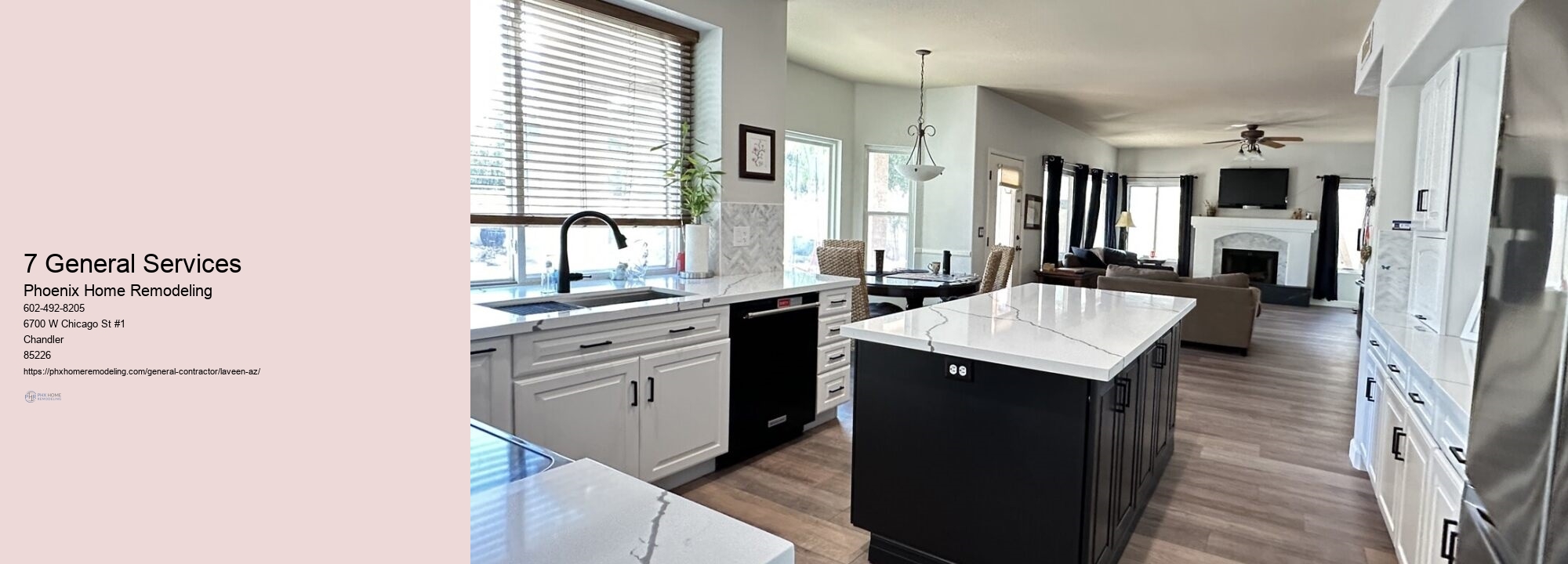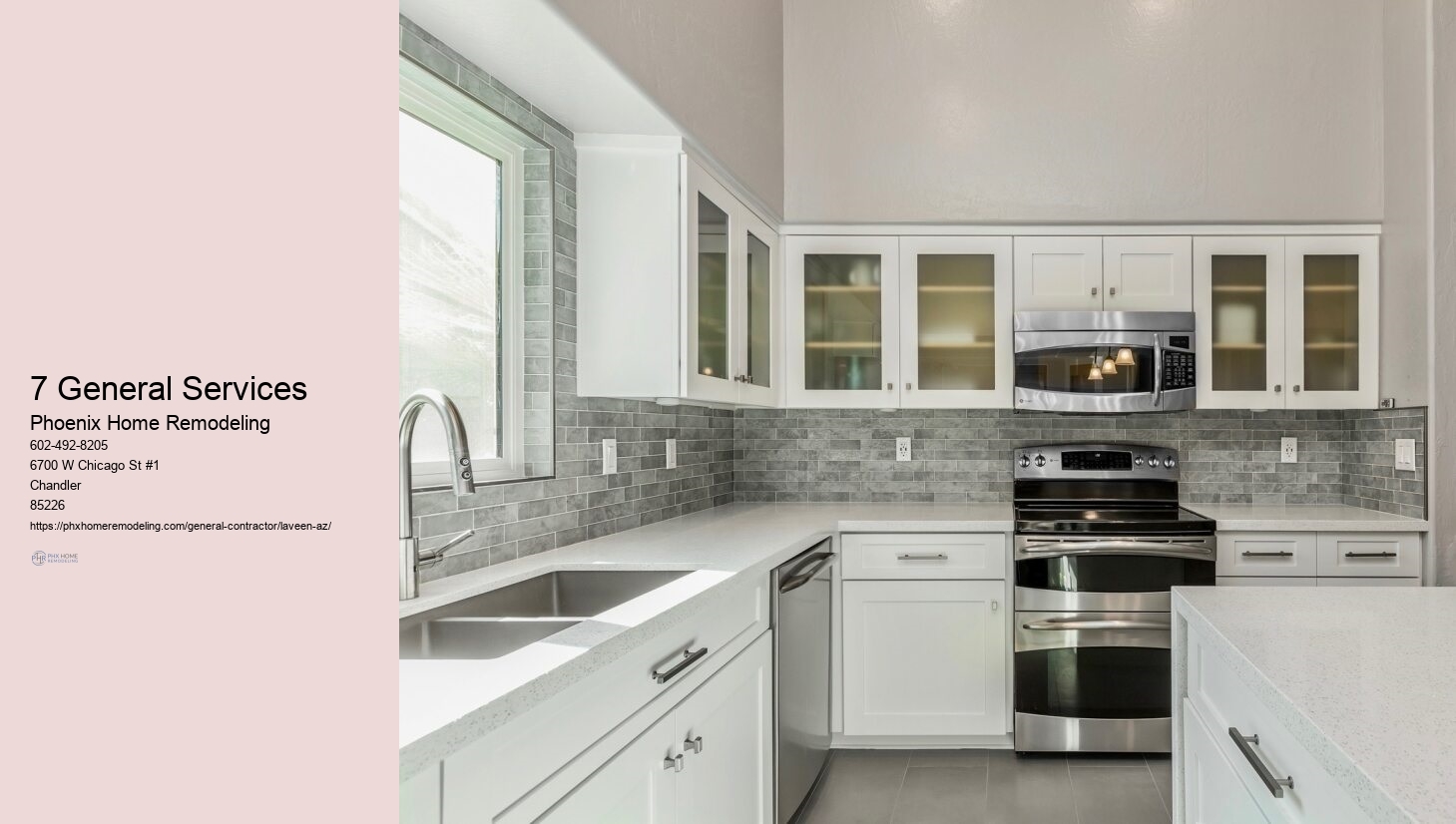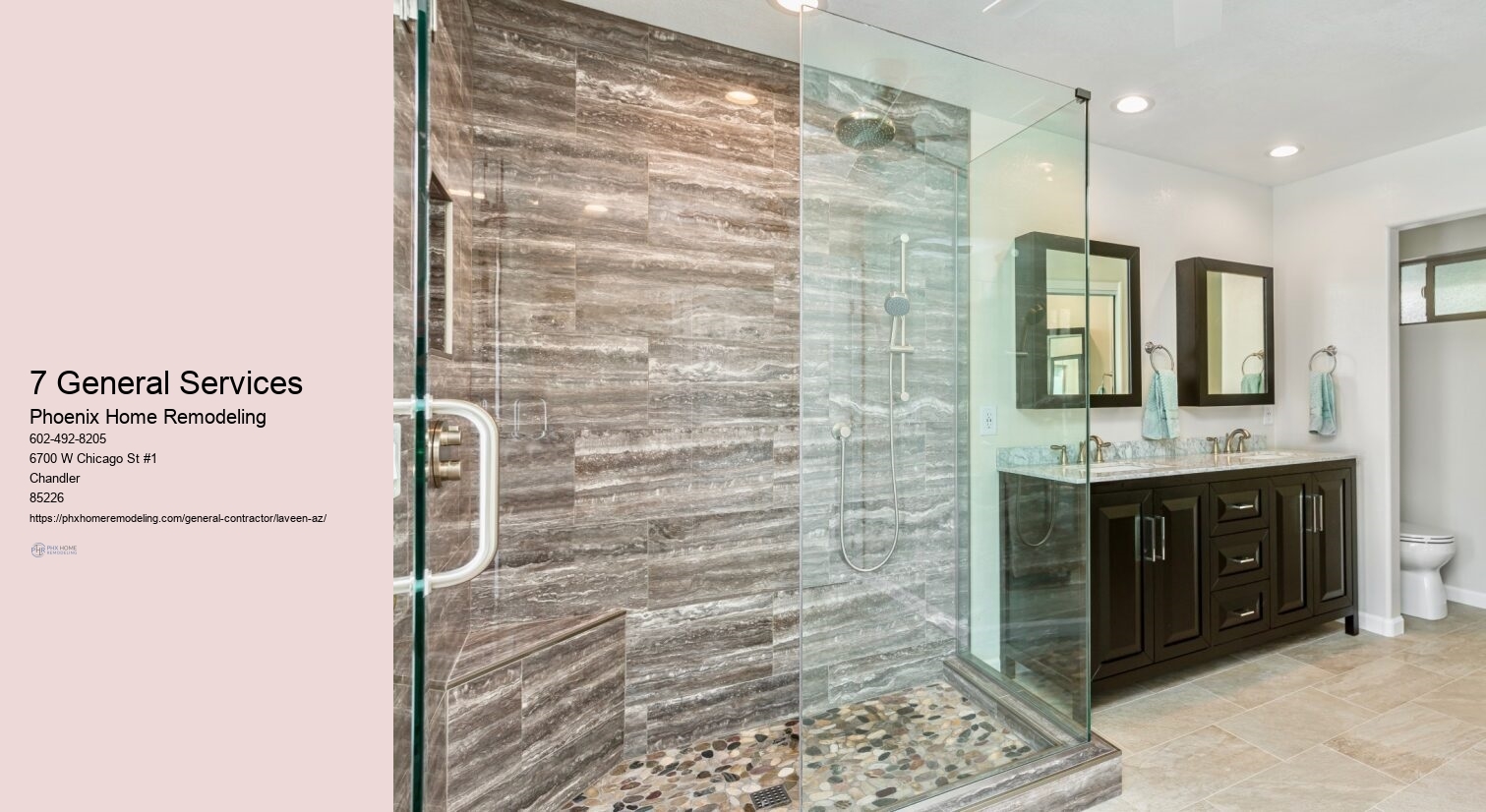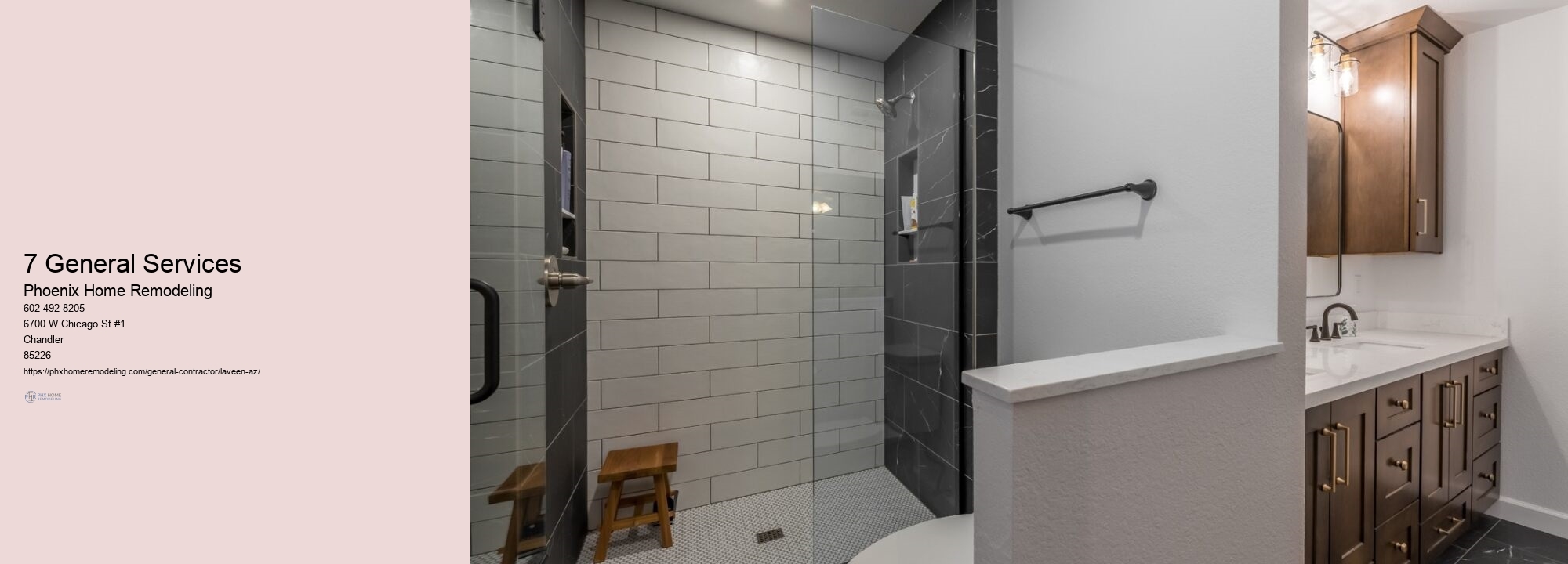




Ensure that every estimate encompasses essential elements, including a job description detailing the work, an overview of materials and labor with associated costs, the total project cost, and comprehensive sales and company contact information.
Furthermore, B2 contractors are restricted from extending electrical, plumbing, or HVAC systems, tasks permissible for B contractors, and the B2 classification mandates contracts involving three or more unrelated trades, in contrast to the B classification which allows for two or more.
To reduce personal risk, general contractors may opt to establish a limited liability company (LLC) or corporation, which are legally distinct entities from the business owner, thus safeguarding the owner's personal assets from the company's debts and legal matters in most situations.
As a general contractor, your profit margin typically ranges from 7% to 20% or more, representing the amount remaining after covering all job costs, and this margin is often calculated as a percentage markup.
Contractors and other self-employed workers have the opportunity to deduct various expenses such as home office costs, advertising expenses, accounting fees, phone bills, equipment depreciation, travel and car expenses, as well as healthcare and retirement contributions from their taxable income.